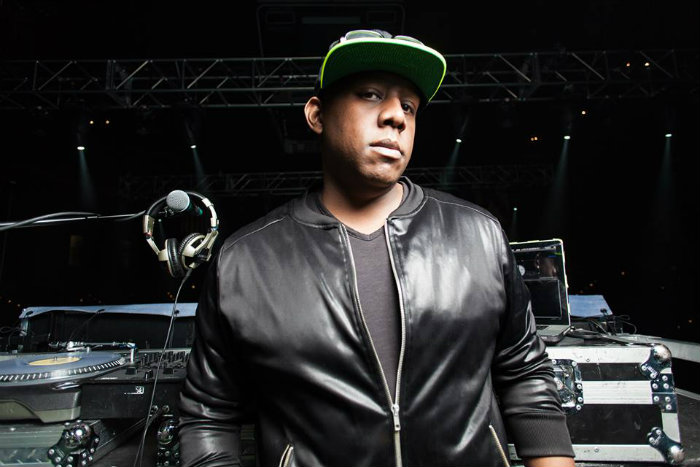We know that many of you are working “in the trenches” as an urban youth leader, in an area where gang violence is prevalent. You are on the frontlines serving, loving, mentoring, and praying for youth in your community. We know the work is not easy. The mental, emotional, and social toll it takes to serve, day in and day out, can be exhausting. We see you. We appreciate you. We affirm your calling. And today, we offer a resource to help better equip you to engage youth in your context.
Protection – Many youth feel pressure to join a gang because a gang will offer protection from rival gangs. With multiple factions present in many neighborhoods, joining a gang provides a measure of protection from rival gang members, and the promise of retaliation if attacked.
Poverty. In urban environments where the poverty rate is disproportionately high, the lure to join a gang is strong. Urban youth deal with disparities on every front, which deplete their ability to dream for something better. The growing divide in the equity gap, stark education inequalities, fractured family units, drug addiction, domestic violence, under-resourced communities with little political representation, all contribute to chronic psychological, emotional, and social trauma.
Cultural Incongruity. African-American and Latino youth often struggle with cultural incongruity. The inaccurate narrative projected onto many minority adolescents in urban environments is that of poorly educated, gang-involved teenagers who don’t add positive value to their communities. Mainstream media from either side of the spectrum capitalize on the propaganda of certain stereotypes about youth of color. This causes minority adolescents to feel disconnected from the broader community as they try to find their way. Gang membership becomes a surrogate community comprised of individuals who share common cultural values thereby creating a space to feel understood, normalized, and accepted. This incongruity often hides the light of the young shining stars found all over these complex communities.
Proximity to leadership. The journey through adolescence in an urban environment is wrought with unique challenges. Often times the leaders that are in close proximity to youth in impoverished neighborhoods are not always the best role models. When stuck in a survival mentality, community members often do whatever it takes to provide resources for themselves and their families, even if it means committing crimes. This is why it is essential to have leaders like UYWI 90 Degrees graduate Bobby Lopez steeped in their indiginois communities.
To feel empowered. One of the reasons gang subculture is a powerful draw for youth is because the gang lifestyle offers practical opportunities to feel empowered and in control. As you are building relationships and listening to their experiences, look for opportunities to create pathways that empower youth to make healthy, safe choices. In addition to personal empowerment, in what ways can you (collectively) create alternative opportunities for youth to engage in activities that build self-esteem, teach life skills, meet family needs, and help youth feel a sense of control over their lives and future?
Grassroots movement. Maneuvering through the cycle of gang violence involves unraveling the confluence of systemic, community, and personal factors that fuel the need for a gang subculture. Addressing these factors requires both a top-down and bottom-up approach — driven by members of the community. Youth participation in advocacy efforts that shape both the dialogue and outcomes is important for maintaining momentum as well as for self-empowerment. Consider forming coalitions that forge partnerships across denominational + faith communities, business sectors, ethnic groups, gang affiliations, and political partisanship. The goal is creating home-grown solutions to the challenges youth encounter in an urban context that address the needs of sub-standard education, lack of employment opportunities, lack of meaningful social activities, lack of healthcare, lack of transportation, family support, self-actualization and empowerment, physical safety, overcoming addiction, escaping violence, etc.
Apprenticeships and Entrepreneurship. One of the main contributors to the cycle of gang violence is the tangible lack of accessible employment opportunities for urban youth. In gang subculture, the sale of narcotics, guns, and women become a viable alternative. Considering the highly disproportionate rate of minority arrests fueled by racial profiling and the pipeline to prison system, many urban youth of color find themselves blocked from legitimate paths of employment due to a criminal record. In communities that lack opportunities for viable employment, in what ways can you disrupt the marketspace in order to bridge the equity gap in the job market for disenfranchised youth so that they do not turn to gangs? As a youth leader, how can you work within the local and broader community to establish programs for youth to enter apprenticeships with local businesses? Is it feasible to start a social enterprise that equips adolescents with a criminal record with the skills and knowledge to run their own business? The possibilities are limitless.
Cast a vision for the future. Another factor that perpetuates the cycle of gang violence is the narrow focus caused by living in a chronic state of survival. When the sole focus of your life is spent giving a great deal of your mental, emotional, and physical efforts to literally making it through the day, your worldview shrinks; your scope of possibility is stifled; your vision becomes finite. The capacity to dream is choked by the daily need to survive. Breaking the cycle of gang violence involves the work of deep inner healing, confidence building, meeting basic human needs, and reprogramming the layers of negative reinforcement youth receive on a daily basis in such a way that they begin to see and embrace a bigger vision for their future – a vision that is rooted in God’s unique purpose for their lives. As a youth leader, in what ways can you counter the negative influences in the lives of urban youth with positive, affirming, and empowering messages that speak life and hope over the youth in your community? What opportunities can be developed that take them outside their immediate context in order to experience a different path? This can be achieved in the form of book discussions, trips to the theatre, events, coordinating meet and greets with local CEO’s. Again, the possibilities are limited only to your imagination.
These are just a few tips, tools & takeaways as you navigate this complex cultural issue. You are not alone. In fact, let us introduce you to Bryann Trejo.
Bryann is a perfect portrait of God’s grace. An ex-gang member now Hip Hop Artist and passionate preacher. Bryann is a UYWI’s family member and this ARTicle’s featured Artist. Peep this dope single he just dropped!
This song will inspire you to keep reaching youth in the hardest places!




